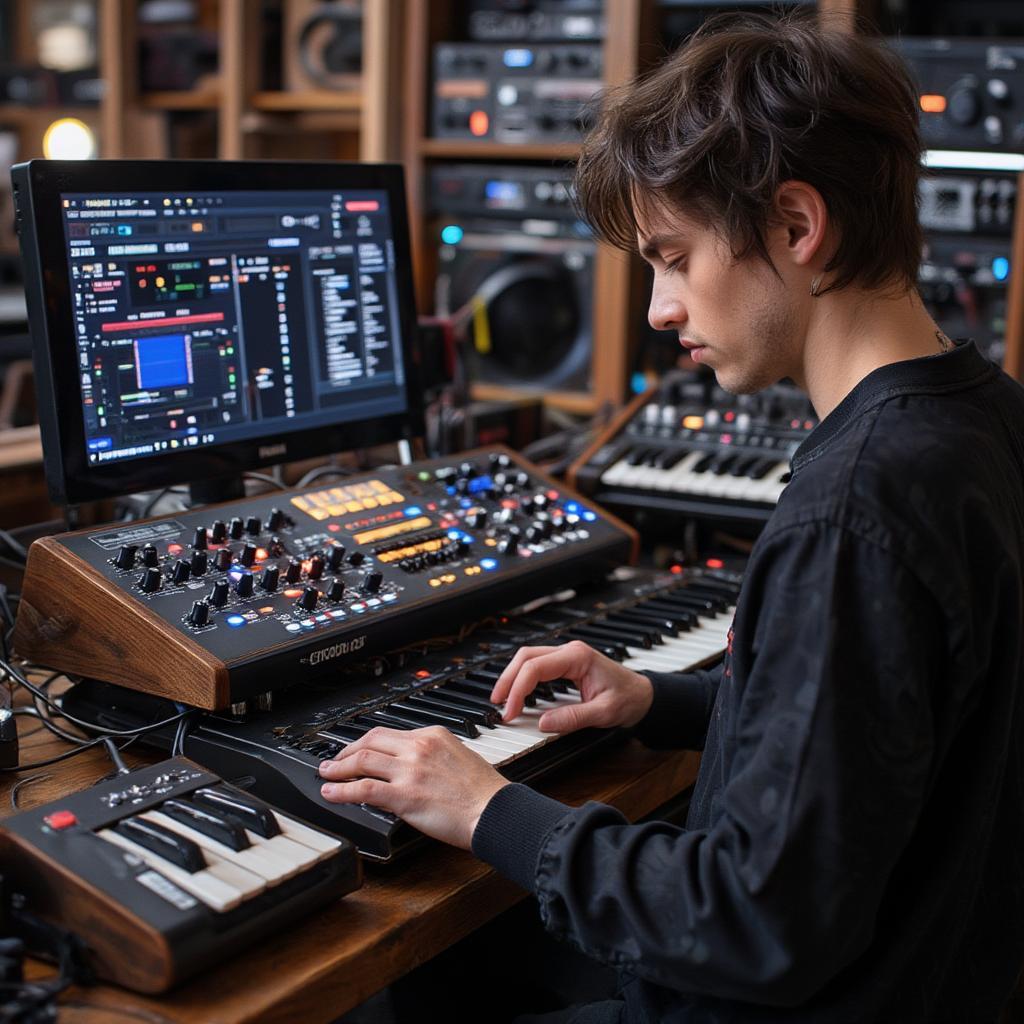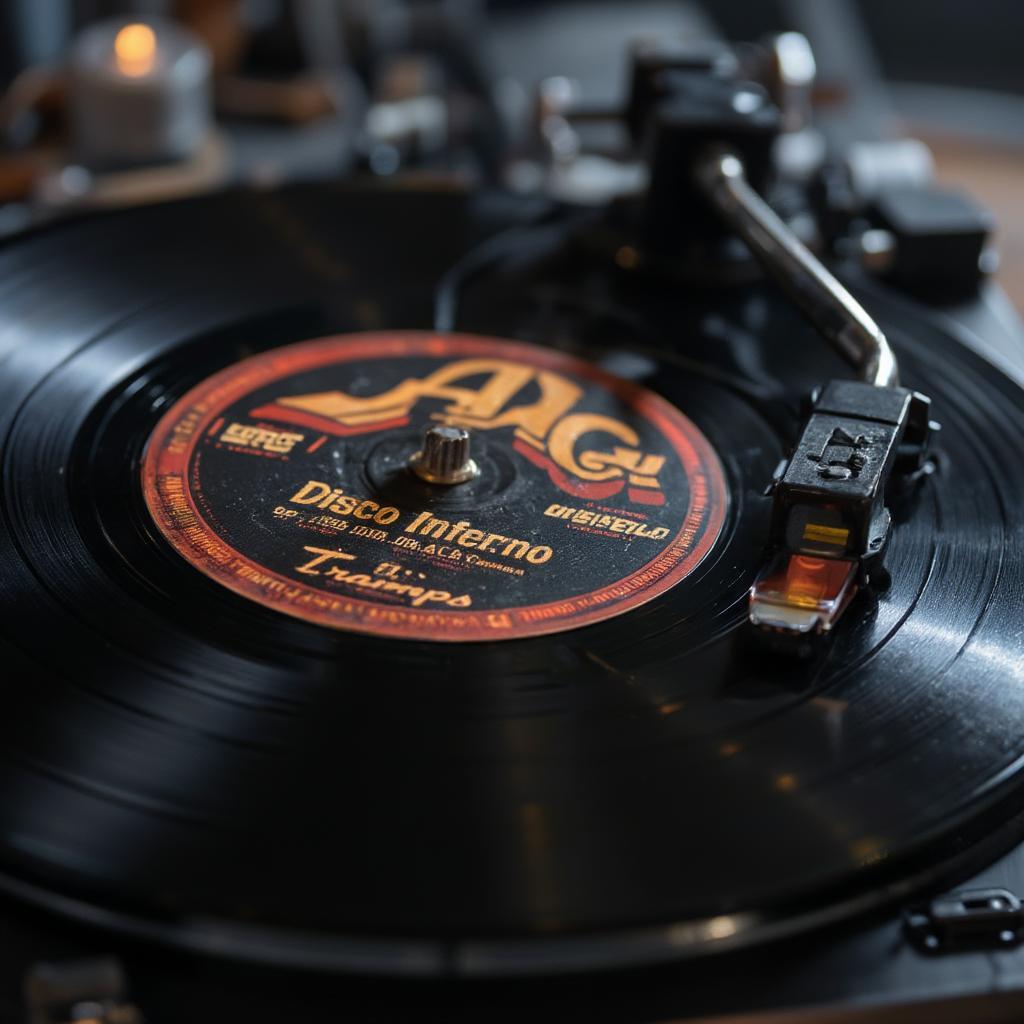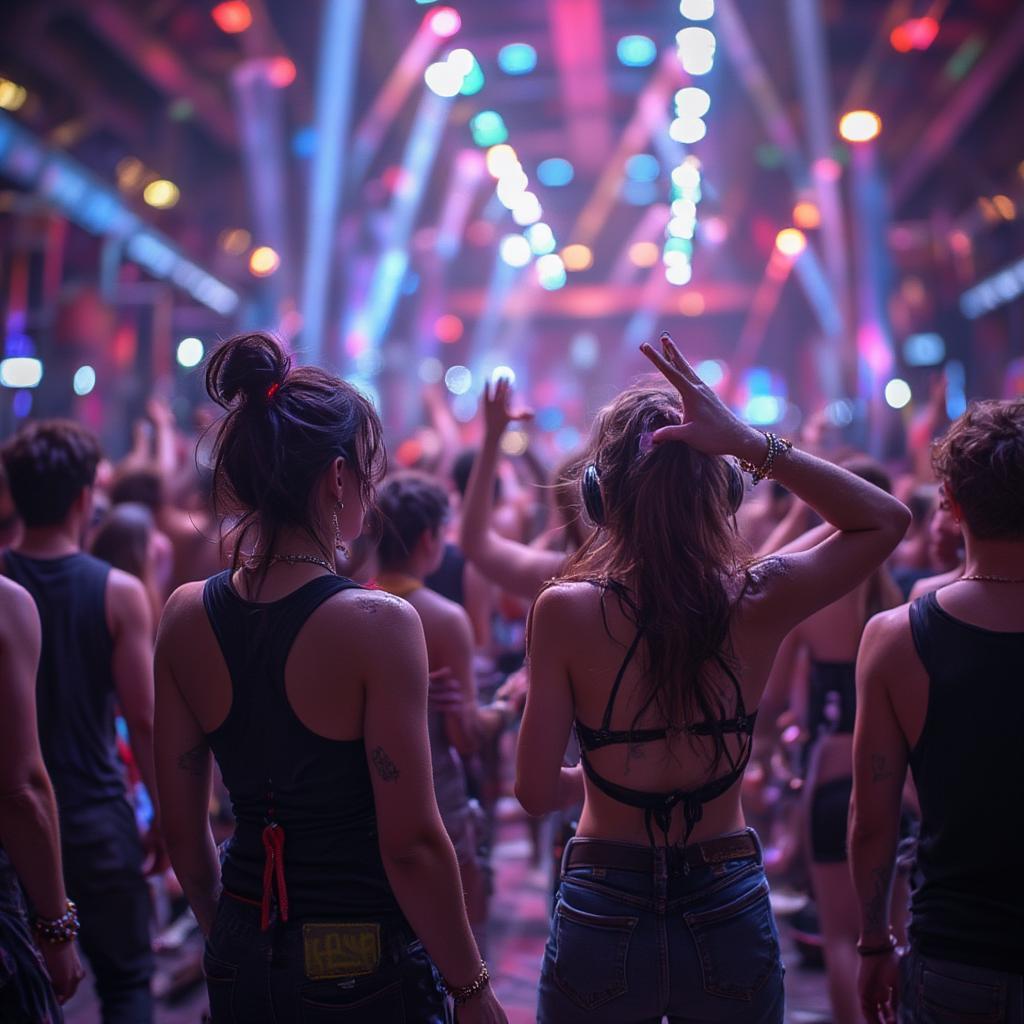Depeche Mode Disco: Synth-Pop Pioneers Embrace Dance Floor Rhythms

Depeche Mode Disco? While not the first genre that springs to mind when you think of the synth-pop giants, a closer look reveals intriguing connections and influences between Depeche Mode’s music and the vibrant world of disco. This exploration delves into the subtle disco undercurrents present in their sound, examining how the band incorporated elements of the genre while forging their own unique path. We’ll uncover the rhythmic nuances, lyrical themes, and production techniques that hint at disco’s impact on Depeche Mode’s evolution, solidifying their position as musical innovators.
The Unexpected Disco Pulse in Depeche Mode’s Music
Though primarily known for their pioneering role in synth-pop and new wave, Depeche Mode’s music often exhibits a rhythmic sensibility reminiscent of disco. While they never fully embraced the genre’s flamboyant aesthetic, certain tracks reveal a clear nod to disco’s four-on-the-floor beats and infectious grooves. This subtle integration of disco elements added a unique dimension to their sound, distinguishing them from their contemporaries and broadening their appeal. It’s in the pulsating synth lines, the driving basslines, and the occasional use of orchestral strings that we find these surprising disco influences.
Early Hints of Disco: From “Photographic” to “Just Can’t Get Enough”
Even in their early work, Depeche Mode displayed an affinity for danceable rhythms. Tracks like “Photographic” and “New Life” from their debut album, Speak & Spell, feature a propulsive energy that foreshadowed their later explorations of dance music. The breakthrough hit “Just Can’t Get Enough,” with its undeniably catchy melody and upbeat tempo, became a staple in early 80s dance clubs, further cementing the band’s connection to the dance floor. While not strictly disco, these songs showcased a clear understanding of what made people move.

Evolution of Sound: Embracing Darker Themes and Industrial Textures
As Depeche Mode matured, their music took on a darker, more introspective tone. However, the underlying rhythmic drive remained, albeit often cloaked in industrial textures and more complex arrangements. Songs like “Master and Servant” and “Everything Counts” retained a danceable quality, propelled by insistent synth basslines and programmed drum patterns. This evolution demonstrated their ability to seamlessly blend the energy of dance music with increasingly complex lyrical themes and sonic experimentation.
Depeche Mode and the Disco Legacy: A Conversation with DJ Dr. Funkenstein
To gain a deeper understanding of Depeche Mode’s relationship with disco, we spoke with renowned DJ and music historian, Dr. Funkenstein (PhD, Musicology, University of Groove). “Depeche Mode were never a disco band in the traditional sense,” explains Dr. Funkenstein. “But they understood the power of the groove. They took the rhythmic foundation of disco and infused it with their own unique brand of melancholic synth-pop, creating something truly special.” He further notes that the band’s use of synthesizers to create driving, repetitive rhythms echoes the hypnotic pulse of classic disco tracks.
Beyond the Beat: Lyrical Parallels and Shared Themes
While the musical connection between Depeche Mode and disco may be subtle, there are also thematic parallels. Both explored themes of love, loss, and alienation, albeit through different lenses. Disco often celebrated escapism and hedonism, while Depeche Mode delved into the darker aspects of human emotion. However, both genres provided a soundtrack for individuals seeking connection and release on the dance floor.
“Depeche Mode’s music, like disco, offered a sense of belonging for those who felt like outsiders,” states Dr. Funkenstein. “It provided a space where people could lose themselves in the music and connect with others who shared similar experiences.”
The Influence of Disco Production Techniques
Beyond the obvious rhythmic similarities, Depeche Mode also borrowed from disco’s production techniques. The use of layered synthesizers, prominent basslines, and a focus on creating a powerful, immersive sonic experience are all hallmarks of both genres. This attention to detail in the studio helped Depeche Mode craft their signature sound, one that resonated with both alternative music fans and those who appreciated the visceral energy of the dance floor.
Depeche Mode Disco: A Lasting Legacy
While Depeche Mode never explicitly labeled themselves a disco band, the influence of the genre is undeniable. They absorbed its rhythmic energy, adopted some of its production techniques, and ultimately transformed these elements into something entirely their own. Their ability to bridge the gap between alternative music and dance music solidified their status as true innovators, leaving a lasting legacy that continues to inspire artists today. The subtle yet powerful presence of disco within their music enriches their already complex and multifaceted sound, making Depeche Mode a truly unique force in music history.
Frequently Asked Questions About Depeche Mode and Disco
- Did Depeche Mode ever release a disco song? While they didn’t release any purely disco tracks, several of their songs incorporate elements of disco’s rhythmic structure and production techniques.
- What Depeche Mode songs have disco influences? Songs like “Just Can’t Get Enough,” “Master and Servant,” and “Everything Counts” exhibit noticeable disco influences.
- Was Depeche Mode part of the disco movement? No, they were primarily associated with the synth-pop and new wave movements. However, they were clearly influenced by disco and incorporated aspects of the genre into their music.
- Why did Depeche Mode incorporate disco elements into their music? Likely due to the widespread popularity of disco in the late 70s and early 80s, and a desire to create music that was both innovative and danceable.
- How did Depeche Mode’s use of disco differ from traditional disco music? They blended disco rhythms with darker, more introspective lyrics and incorporated elements of industrial and electronic music.
- Did Depeche Mode ever perform in disco clubs? While not exclusively disco clubs, they certainly performed in venues where dance music was prevalent.
- What is Depeche Mode’s most danceable song? “Just Can’t Get Enough” is often cited as their most undeniably danceable track.
- Did Depeche Mode ever collaborate with disco artists? There are no known collaborations with disco artists, but they worked with producers who had experience in dance music.
- How did the disco influence impact Depeche Mode’s overall sound? It contributed to their ability to create music that was both commercially successful and artistically groundbreaking, blending alternative and dance sensibilities.




